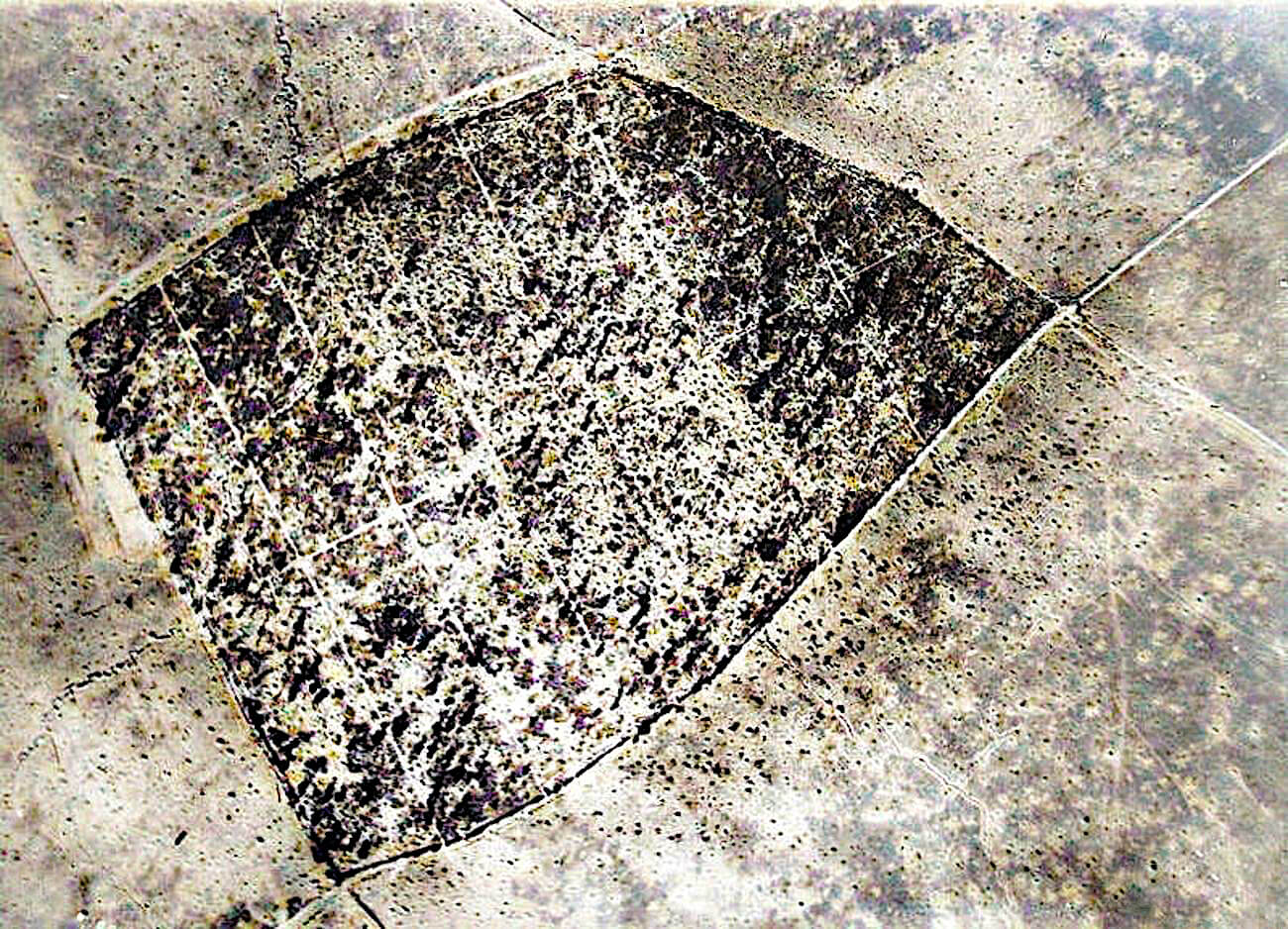By 1911 the family lived in the Royal Oak Yard, St Ives. Harry worked as a monitor for Hunts County Council, effectively a teaching assistant. He qualified as a teacher and took up a post at St John's Boys Council School, Spitalgate, Grantham.
Harry enlisted with the Hunts Cyclists in November 1915. He was transferred to 14th Battalion, Royal Warwickshire Regiment and embarked to France in 1916.
Some of the fiercest fighting during the 1916 Battle of the Somme was for High Wood. The location was strategically important, crowning a 100ft ridge with views for some distance around. Between July and September, British and German forces fought for control. Inclement weather turned approaching roads to mud, filled trenches and shell holes with water, making infantry movement very difficult and exhausting the soldiers.
On Sunday 3 September, the British Army planned another attack on High Wood. Early that afternoon, Harry's Company came out of their trenches and advanced towards the wood. With their right flank open to German machine gun and rifle fire, Lt Col Murray wrote in his war diary
Under these conditions the impossible was being asked. Both Coys advanced very gallantly and in splendid spirit, but at once coming under very heavy M/G (machine gun) fire and losing heavily, they began to wither away.
The attack failed. Casualties were 2 officers killed, 7 injured, other ranks 141 killed or missing, 152 wounded.
 |
| Aerial photograph of High Wood, 1916. Note extent of shelling. (Imperial War Museum) |
Harry was one of the other ranks initially reported as killed or missing. Hit by shell fire, he lay unconscious and seriously wounded on the battlefield for some time. He could easily have been added to the 32 of the 74 men named on St Ives War Memorial who have no known grave. Remarkably, he was found. The Hunts Post reported 15 September 1916 that his parents had received news Harry was lying in a French hospital severely wounded and partially paralysed. His thigh and pelvis were smashed to splinters, his left leg paralysed, with four serious wounds in his back. The Hunts Post reported
Stout hearted nurses more than winced when his wounds were dressed (for he was back to consciousness), but all through his agony neither murmur nor complaint ever passed his lips. To enquirers, he was always getting better.
Harry was in hospital for 15 months, 11 months of which he laid face down. By September 1918 Harry had left hospital and was back teaching at Grantham. His injuries meant he needed a stick to get about. Harry suffered a relapse and spent another year on his back recovering at his parent's home in St Ives.
Harry returned to Grantham, reported by the Hunts Post 13 September 1918. In 1920 he married Doris Nellie Dellar, from St Ives. They lived at 8 Dysart Road, Grantham. Harry was assistant schoolmaster at St John's Boys Council School.
In 1923 Harry caught typhoid fever. Outbreaks were common, caused by consuming contaminated food or water. Harry's injuries had a detrimental effect on his constitution. He developed pleurisy, a common complication, and died on Sunday 7 January 1923 at Grantham.
Harry's funeral was held in St Ives the following Wednesday. His gravestone is in St Ives Parish Church cemetery, Westwood Road, St Ives. The Hunts Post reported his death on 12 January 1923.
Do you have a photograph of Harry or any additional information? If so, please click Get in touch.
Source documents
1901 census
1911 census
1916 war diary
1921 census
Gravestone


No comments:
Post a Comment